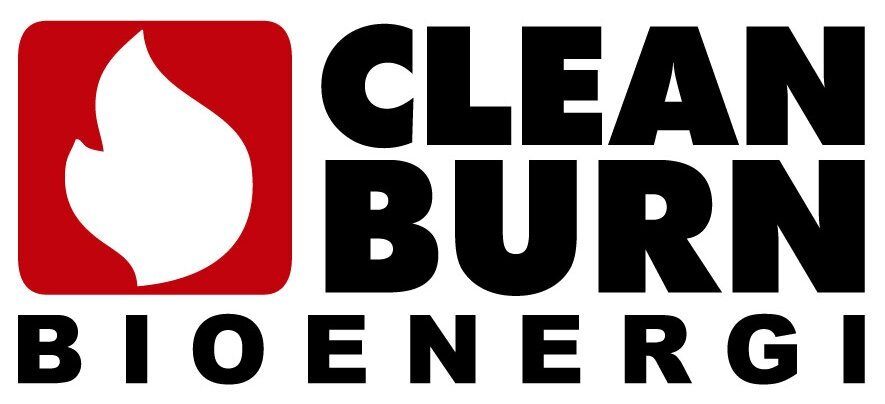Building heating without a safety net - when temporary heating becomes a risk to be taken seriously
We wonder how many illegal construction heating systems there are on Swedish construction sites.
Here's a specially written article about this, the rules that apply and what we need to do to tackle cheating.
By Sofie Samuelsson, bioenergy specialist and independent industry writer with 30 years of experience in energy markets, technologies and regulations.
On thousands of Swedish construction sites, work continues all year round - even during the coldest days of winter. Temporary heat sources are a natural part of the process, and more and more operators are choosing fossil-free solutions such as pellet boilers. This is a climate-smart option that both reduces emissions and helps achieve climate goals.
But there is still a challenge in the industry: despite the availability of sustainable alternatives, fossil fuel solutions such as oil - and in some cases LPG - are used. LPG is not only import-dependent and costly, but it also brings increased safety requirements that can be difficult to manage in an already complex construction process.
At the same time, requirements are also placed on fossil-free alternatives such as LPG and oil boilers. For a pellet boiler to be a safe and efficient solution, it must comply with current regulations. This includes CE marking, correct installation, clear documentation and compliance with EU EcoDesign requirements for energy efficiency and emissions. These are the factors that determine whether heating becomes a sustainable support - or a source of unnecessary complications.
For the developer, a poorly installed boiler can quickly lead to unexpected costs. In the event of a breakdown, technical failure or regulatory inspection, the project risks being delayed - resulting in high daily penalties, downtime and the need to reschedule. In addition, insurance coverage may be questioned if the equipment does not meet legal requirements.
This is not an unclear gray area. It is about clear rules - and about a responsibility that always ultimately rests with the developer.
Several industry stakeholders report that there are still suppliers offering inadequate solutions. These include older boilers that have been modified, or systems that have been imported without proper documentation. In some cases, equipment is used that would not have passed a safety audit.
Often the systems work - until something unforeseen happens. If a boiler causes a breakdown or other impact during construction, it has direct consequences for the whole project. This could mean delayed drying times, postponed deliveries or teams unable to work in sufficiently temperate environments.
According to the Work Environment Act (SFS 1977:1160), it is always the client who is responsible for a safe working environment - even when the equipment is hired from a third party. It doesn't matter if the boiler is there temporarily: the same rules apply as for a permanent installation.
The Swedish Work Environment Authority's regulations (AFS 2001:1 and 2003:3) require documented risk management and that installations on construction sites are examined and followed up in a systematic way.
AFS 2023:11 - Use and inspection of pressurized equipment - also applies to temporary use. This means that boilers, expansion vessels and pressure tanks are subject to the same inspection requirements even when used for a limited time.
In addition, the EU EcoDesign Regulation (2015/1189) is mandatory. It prohibits the use of solid fuel boilers that do not meet efficiency and emission requirements - regardless of where, when or by whom they are used.
What makes this area particularly challenging is that deficiencies are rarely visible at first glance. CE marking may be missing, but sometimes it is rather the documentation, the checks carried out or the correct installation that is lacking. In some cases, there is no designated person responsible for the overall functioning of the system. And it is precisely this - the lack of a clear division of responsibilities - that increases the risk.
It's not about making things unnecessarily complicated. It's about building right - all the way. Our construction sites create homes, schools and healthcare facilities that will last for generations. So it makes sense that even the temporary heating is done with the same care as the rest of the project.
With the right procurement, clear control and fossil-free solutions that comply with regulations - building heat will be a safe, sustainable part of future construction.

